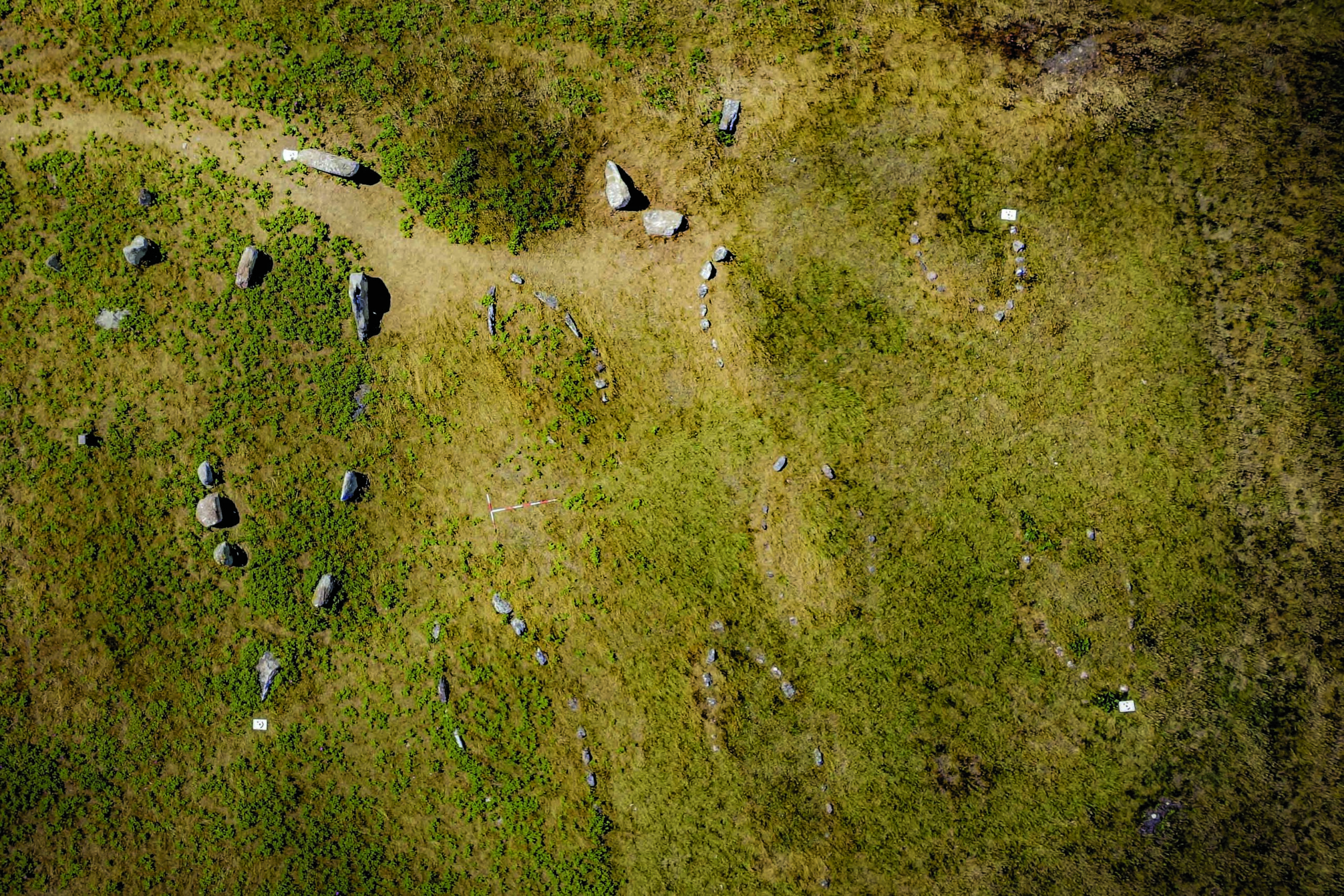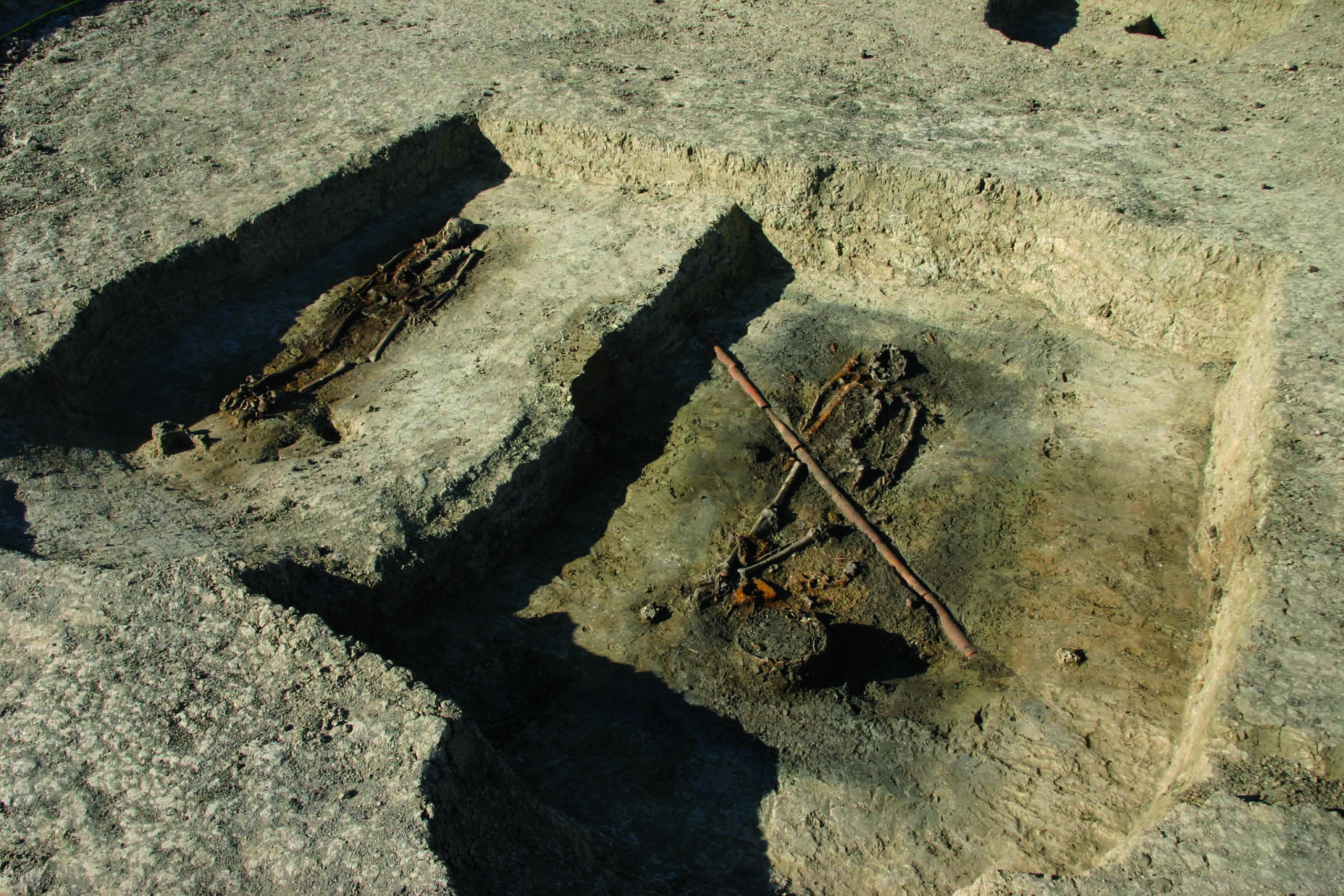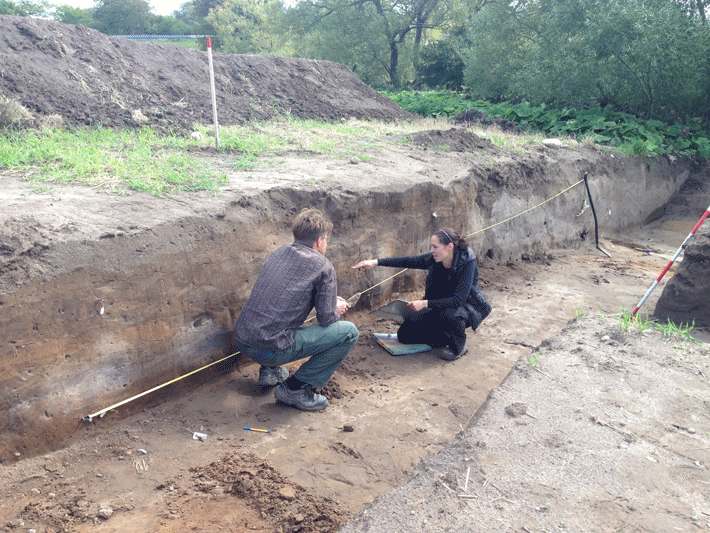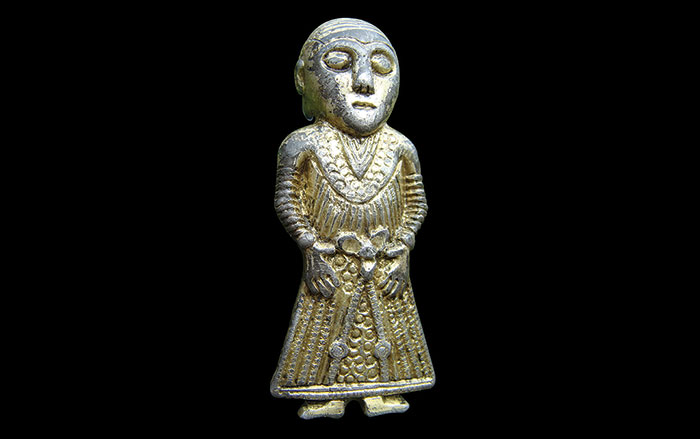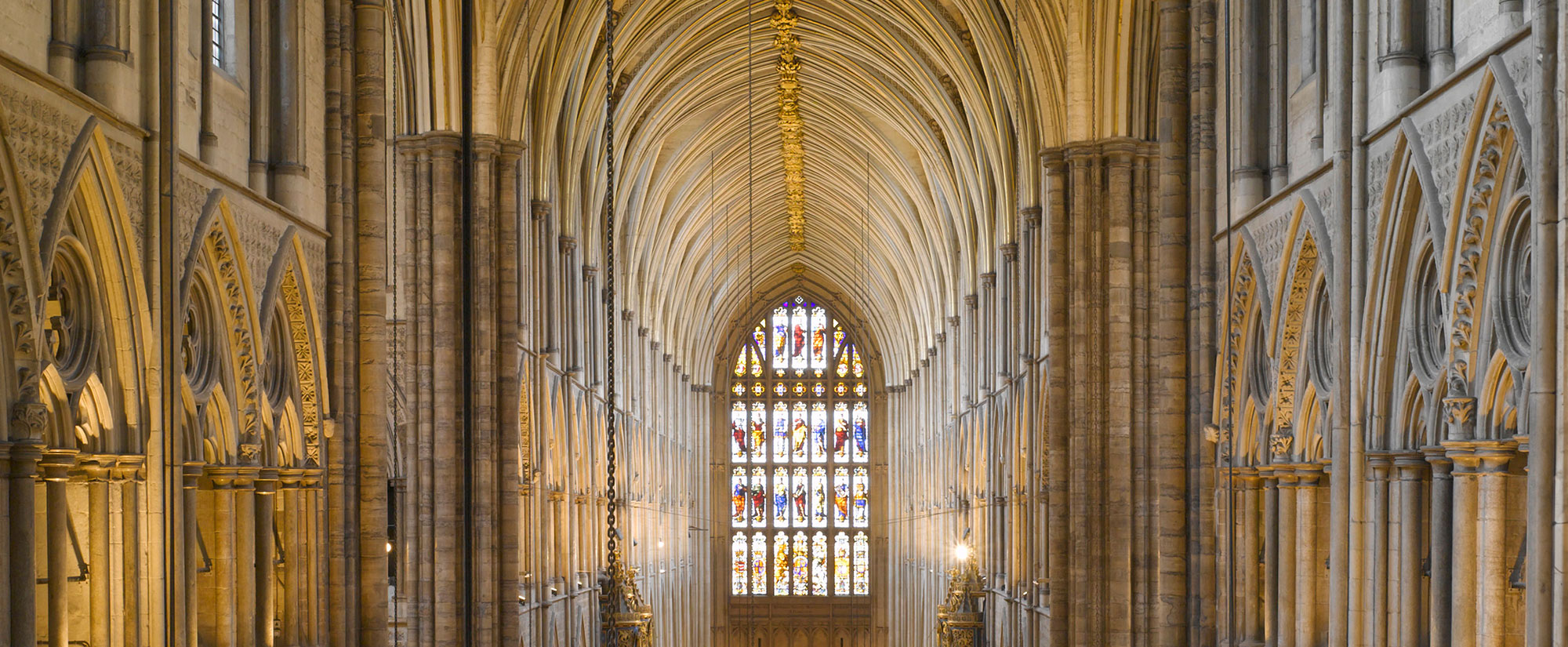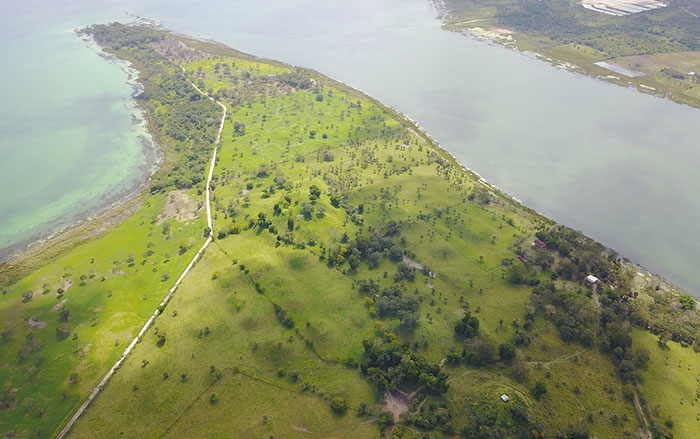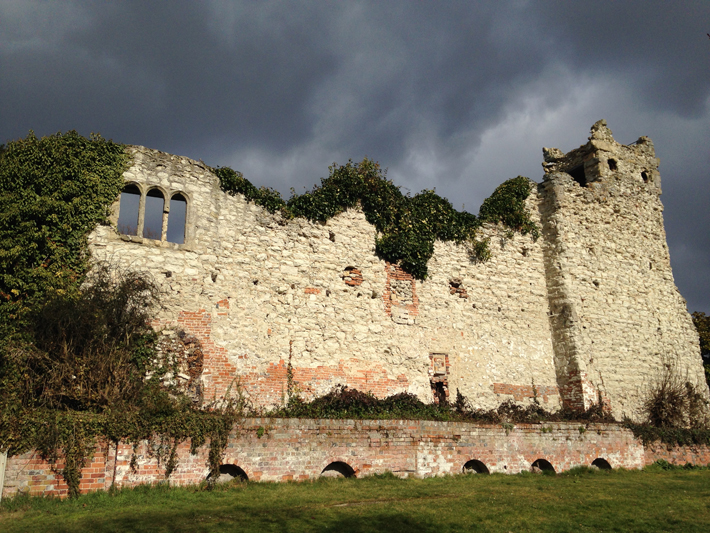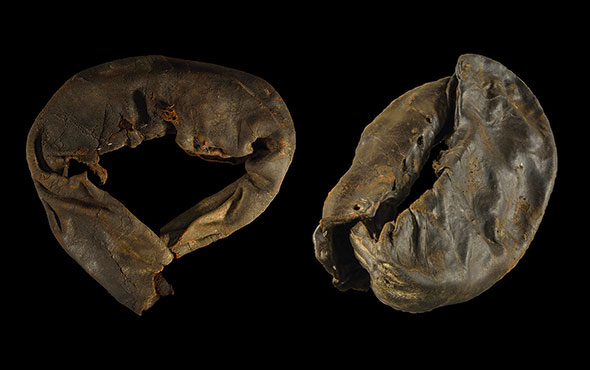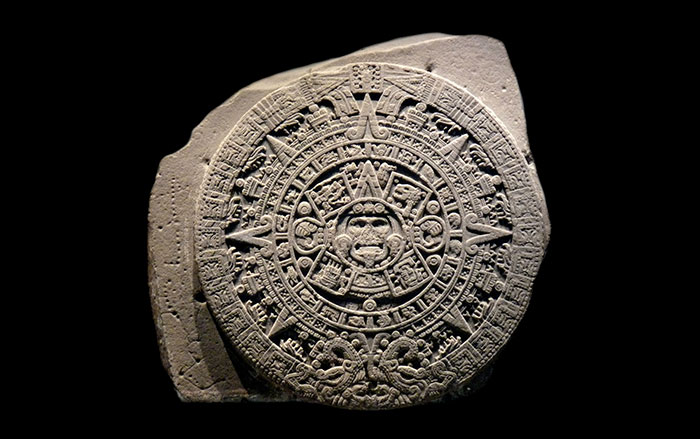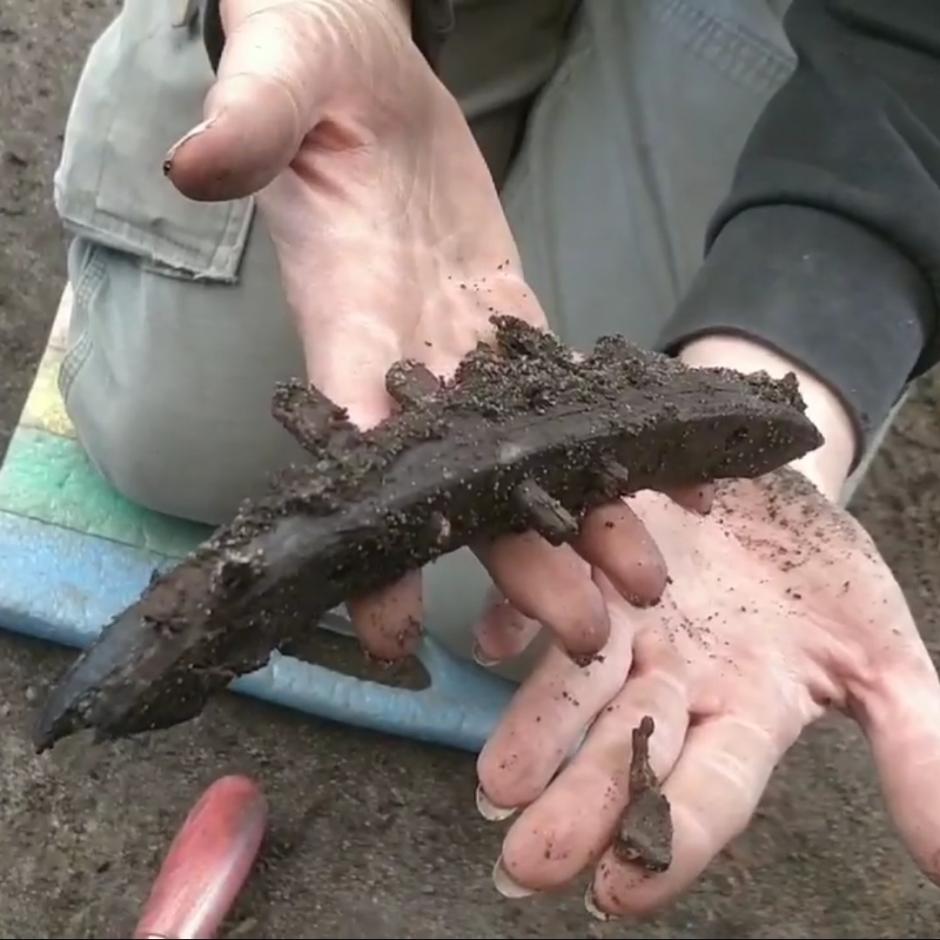
RIBE, DENMARK—Science Nordic reports that archaeologists from Aarhus University and the Museum of Southwest Jutland excavated and undertook 3-D laser surveys of the remains of the Viking seafaring and trading city of Ribe. The oldest layers of the settlement are well preserved, and are expected to help researchers understand how the city and its trade networks developed, beginning in the early eighth century A.D. By the ninth century A.D., raw materials were carried by ship to the city, where ironsmiths, amber workers, leather workers, comb makers, and jewelers practiced their crafts. The recovered artifacts include beads, amulets, coins, combs, dog excrement, gnawed bones, and a piece of a lyre, which still had its tuning pegs. For more on archaeology of the Vikings in Denmark, go to “Bluetooth's Fortress.”


